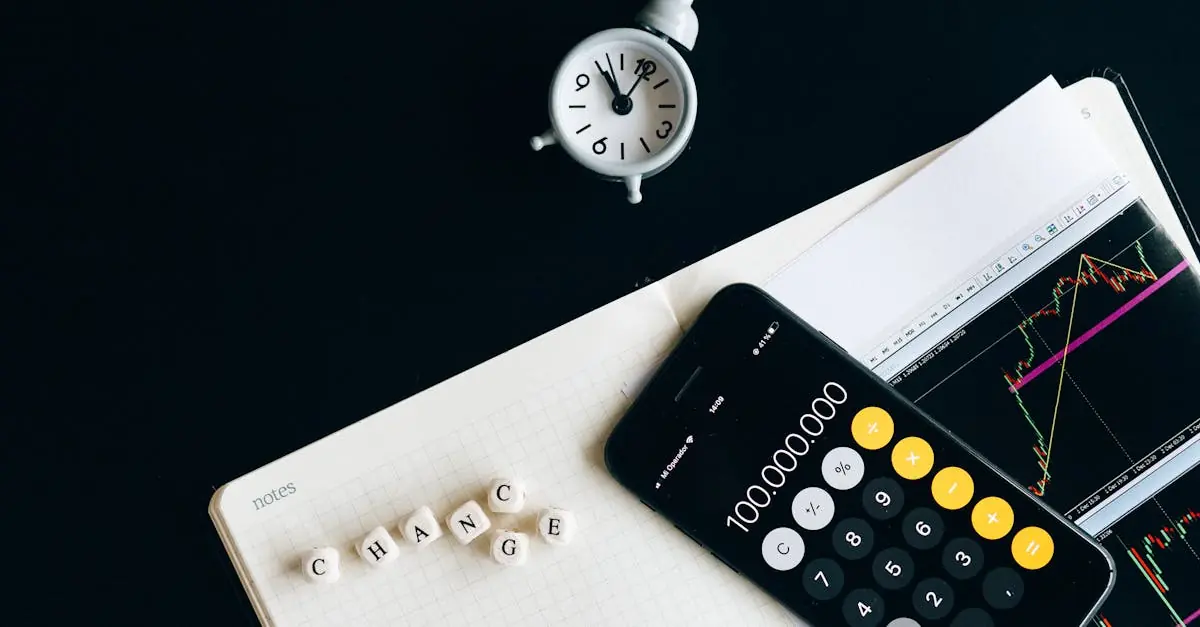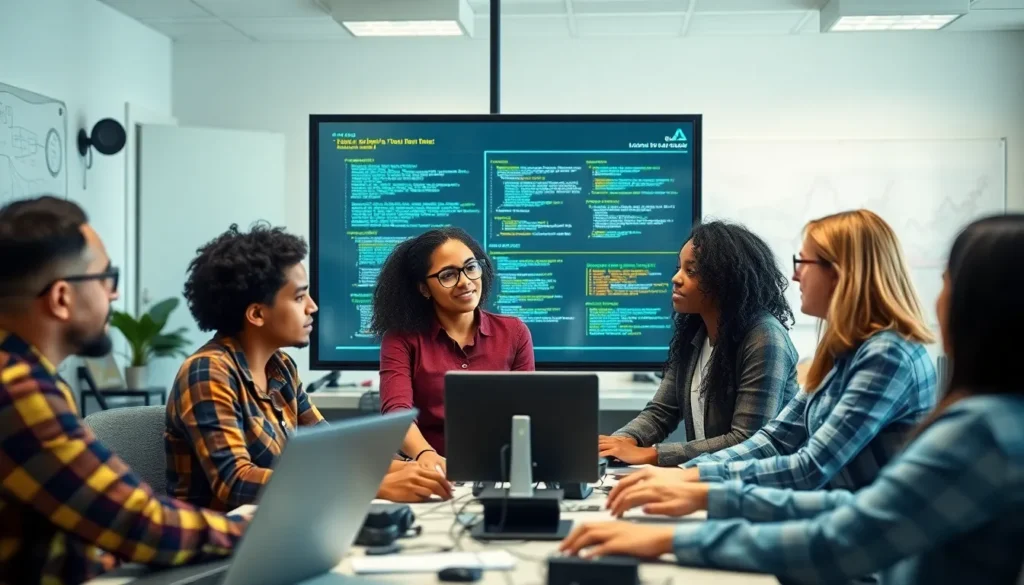Table of Contents
TogglePicture this: you’re itching to upgrade your iPhone, but there’s a pesky little detail holding you back—your current device still has a few payments left on it. Can you trade it in, or are you stuck with your old tech like a bad haircut? The good news is you might not have to choose between your wallet and your desire for the latest gadget.
Understanding iPhone Trade-In Programs
iPhone trade-in programs provide a way to exchange an old device for credit towards a new purchase. These programs often exist through retailers and service providers, allowing users to upgrade their phones while managing outstanding balances.
What Is an iPhone Trade-In Program?
An iPhone trade-in program enables users to hand over their current iPhones in exchange for store credit. Buyers can utilize that credit towards a new device or other purchases. Different carriers and retailers offer varying trade-in values based on the condition and model of the old iPhone. These programs make it easier for customers to upgrade without large out-of-pocket expenses.
Benefits of Trading In Your iPhone
Trading in an iPhone offers several advantages. Firstly, users can reduce the overall cost of purchasing a new device through accrued credit. Secondly, it promotes environmental sustainability by recycling old electronics. Finally, many programs streamline the upgrade process, allowing for immediate discounts at the point of sale. These factors make trade-in programs appealing for those looking to transition to newer models.
The Impact of Outstanding Payments
Outstanding payments on an iPhone affect trade-in opportunities. Users must be aware of how financial obligations influence the trade-in process.
How Owing Money Affects Trade-In Value
Owing money usually reduces the trade-in value of the device. Trade-in programs often consider the remaining balance on a financing plan, impacting the overall credit provided. Depending on the program, some retailers may deduct the outstanding amount from the trade-in credit. Negative equity occurs when the owed amount surpasses the phone’s current market value. This situation complicates the trade-in, resulting in potential financial losses.
Options for iPhones Still Under Contract
Options exist for iPhones still under contract, offering flexibility for users. Many carriers permit trade-ins even with outstanding balances. Users can often transfer their contract obligations to the new device when upgrading. Some trade-in programs accommodate these situations, occasionally providing incentives for returning the iPhone. Additional financing options help manage remaining debts while upgrading, turning trade-in into a practical solution for device transitions.
Evaluating Your Trade-In Eligibility
Evaluating trade-in eligibility involves understanding key aspects of ownership and outstanding payments. Trade-in values and financing details significantly affect options.
Factors to Consider Before Trading In
Outstanding balances can influence eligibility for trade-in programs. Remaining payments reduce the value offered for the iPhone. Some trade-in programs allow users to upgrade even with an unpaid balance. Financial implications may arise if market value falls below owed amounts.
Users should also consider potential fees associated with early trade-ins. Device condition plays a crucial role in determining trade-in offers. Researching offers from various retailers and carriers ensures users get the best possible deal.
Steps to Determine Outstanding Balances
Check financing statements to identify any remaining payments on the iPhone. Review carrier accounts for detailed information on balances owed. Contacting customer support can provide clarity on current financing options.
Gather details about trade-in values from official retailer websites. Use online calculators available on these sites for quick estimates of device worth. Evaluating the remaining balance against these values offers insight into potential trade-in benefits. This assessment will guide users in making informed decisions about upgrading their devices.
Making the Trade-In Decision
Trade-in decisions involve careful consideration of various factors. Timing plays a critical role, particularly regarding outstanding payments and device upgrades.
When to Trade In Your iPhone
Timing influences the trade-in decision significantly. An immediate trade-in may make sense when a new model is released, as current models typically depreciate rapidly. Remaining payments matter, and it’s wise to assess the total balance owed before considering a trade. Early trade-ins can mitigate losses, but waiting until the device is paid off increases the trade-in value. Users should also think about the condition of the iPhone; a well-maintained device fetches higher offers. Therefore, choosing to trade in at a time that aligns with outstanding payments and market trends leads to better results.
Tips for a Smooth Trade-In Process
A smooth trade-in process relies on preparation and understanding of trade-in programs. First, check the specific program requirements to ensure eligibility. Customers should gather relevant documents, including financing statements and payment records, before initiating the trade. Cleaning the device and restoring factory settings boost its appeal and potential trade-in value. Taking time to compare offers from different retailers or service providers helps in maximizing the return. Being aware of any fees associated with early trade-ins can prevent unexpected costs. By being organized and proactive, individuals can facilitate a seamless transition to their new device.
Trading in an iPhone while still owing money is a feasible option for many users. With various trade-in programs available, individuals can navigate their outstanding balances and still make an upgrade. Understanding the implications of remaining payments is essential to maximize the trade-in value and ensure a smooth transition.
By evaluating trade-in eligibility and considering the timing of the upgrade, users can make informed decisions that align with their financial situation. Taking the necessary steps to assess device condition and explore multiple offers can lead to significant savings. Ultimately, trading in an iPhone can be a practical solution for those looking to stay current with technology while managing their finances effectively.




